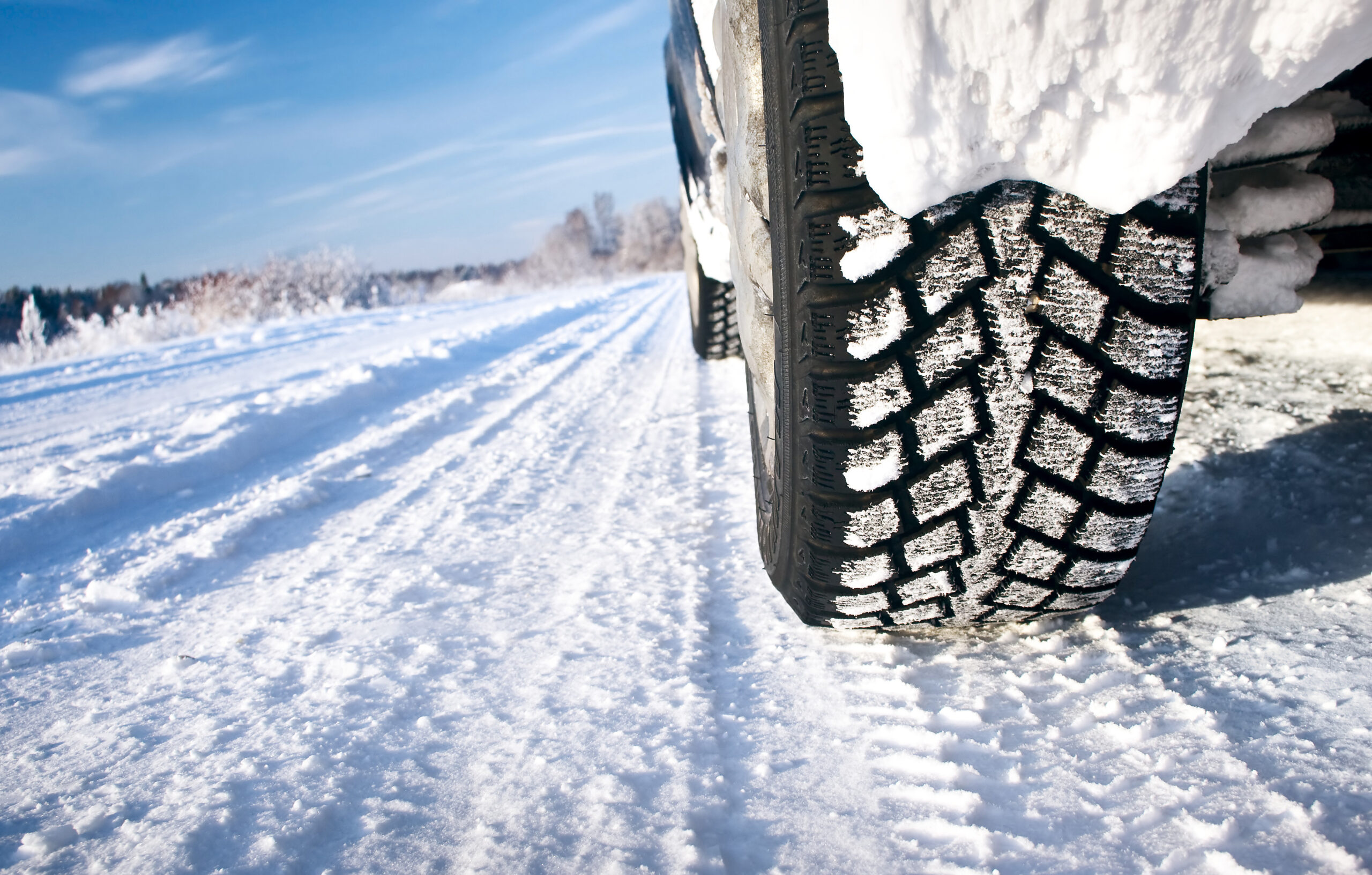Looking at how Canada stacks up compared with other countries.
As I write this, winter – or more precisely, the winter solstice – has arrived. After December 21st, the days will grow longer, and the nights will get shorter. Slowly but surely, we are on our way to springtime and warmer weather.
But until temperatures consistently remain below 7°C, winter tires remain a must-have. In my last video interview with Autosphere.ca, I discussed the findings from TRAC’s 2021 Winter Tire Report. For this article, I want to examine how Canada compares to other countries when it comes to winter tires.
Based on 2019 international winter tire regulations scan conducted by TRAC, five countries have winter tire mandates including Estonia, Finland, Latvia, Slovenia, and Sweden. A larger group of countries and one U.S. state mandate winter tires based on weather conditions including Austria, Colorado, Croatia, Czech Republic, Germany, Japan, Luxemburg, Norway, Romania, Russia, Slovakia, and Turkey.
Common thread
The common threads amongst the winter tire laws of these jurisdictions include vehicle size, i.e., mandatory if over or under a certain weight; seasonal requirements, i.e., specific dates when winter tires are mandated; drive axle requirements; tread depth requirements; tire chains or studded tire requirements; and penalties associated with non-compliance. It is interesting to note that all countries recognize 3-Peak Mountain Snowflake (3PMS) tires as well as mud and snow tires (marked as “M+S,” “M&S” or just “MS”) as winter tires without distinction between winter tires and all-season tires.
When it comes to winter tires, the global direction is as follows:
- Except for Germany, tires marked with M&S/3PMS are recognized as winter tires and are preferred options globally.
- Winter tires are mandatory in most of Scandinavia, the Baltic states, and Slovenia. Canadian geography has a lower geographical profile similar to most of these countries (Finland, Latvia, and Estonia).
- Countries with winter tire mandates based on weather conditions are cold due to mountain elevations, which implies more unpredictable weather and higher precipitation. This is the reason these governments provide a variety of approaches to meeting the regulation to accommodate for local driving habits.
Canadian provincial mandates are a good reflection of these various approaches. Only the provinces of Quebec and B.C. have winter tire mandates. From December 1 to March 15 inclusive, Quebec requires drivers to use tires with 3PMS; and there are two products available to Canadians: all-season tires with the 3PMS symbol and dedicated winter tires designed exclusively for winter. British Columbia’s winter tire law requires winter tires or chains on most routes from October 1 to March 31 (with a possible extension into April 30); however, the province’s recognition of winter tires differs, and accepts both 3PMS and the M&S tires.

TRAC’s 2021 Winter Tire Report found that outside Quebec, where winter tires are mandated by law, winter tire usage stands at 69 percent, up from 65 per cent last year. To avoid any confusion on an international scale, these drivers use tires with 3PMS. This is certainly great news for wintertime road safety but how do we encourage an even higher level of winter tire adoption?
Incentives
Many tire producers offer financial incentives on the purchase of four winter tires which helps counter the argument that winter tires are too expensive. Ditto the potential for insurance savings by having four winter tires on your car; I do suggest you call your insurance company to find out if you qualify for a discount!
And of course, TRAC along with road safety groups and transportation ministries will continue with public awareness campaigns to educate Canadian drivers about the safety advantages of winter tires. If you have other ideas on how to get more drivers to switch over to a safer and more surefooted winter ride, I would love to hear them!
I hope you have all had a peaceful and happy Holiday Season, and because I love quotations, I will end with this one: “January, first month of the year, A perfect time to start all over again, Changing energies and deserting old moods, New beginnings, new attitudes.”— Charmaine J. Forde



